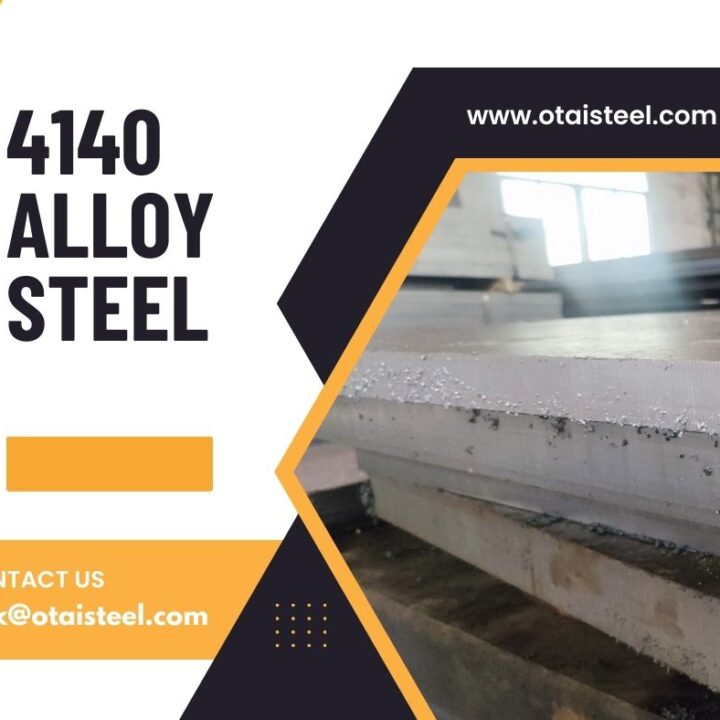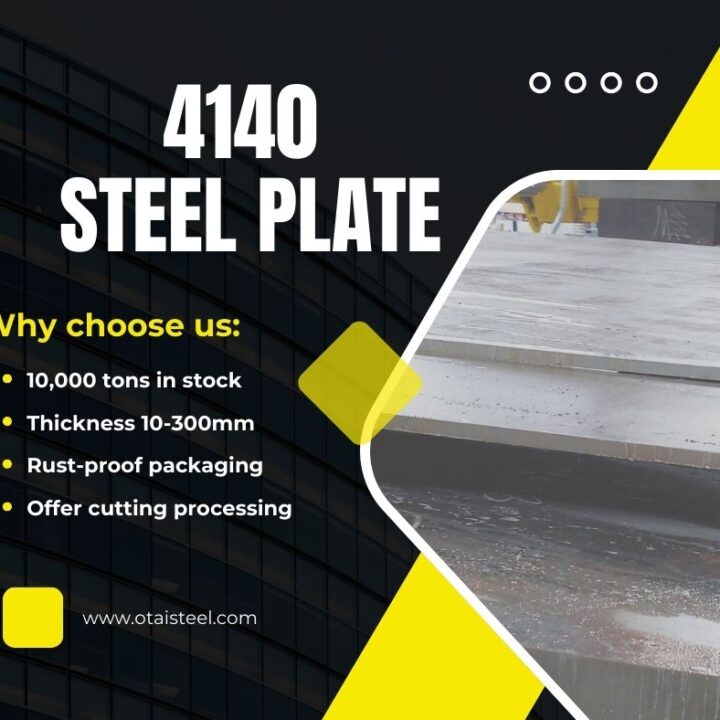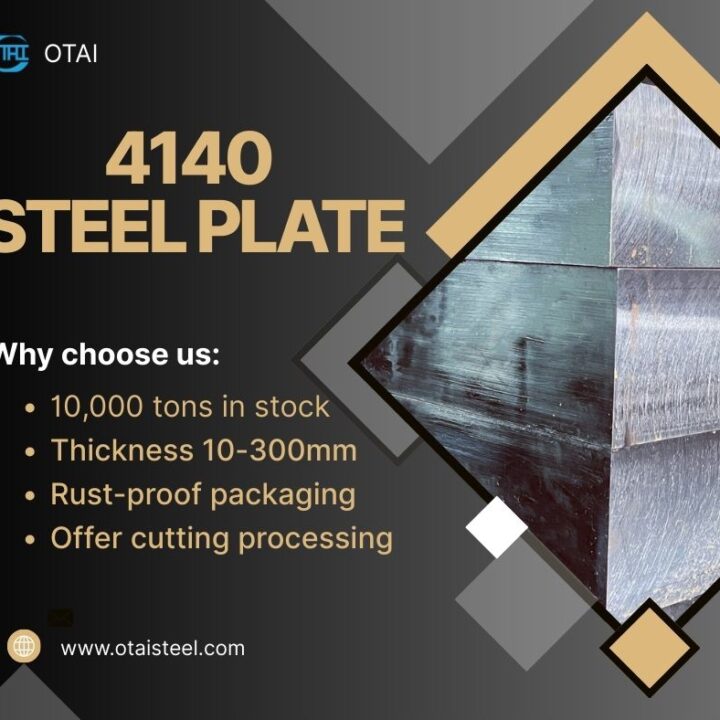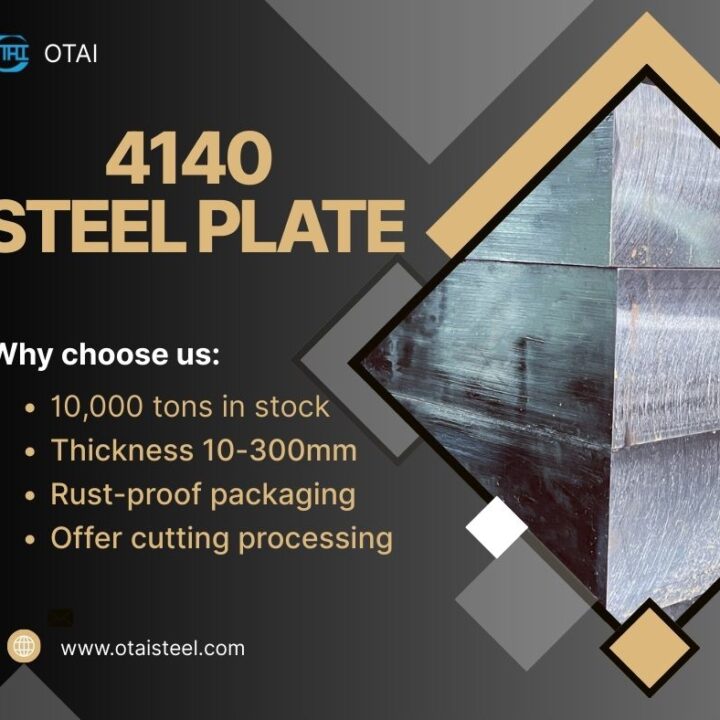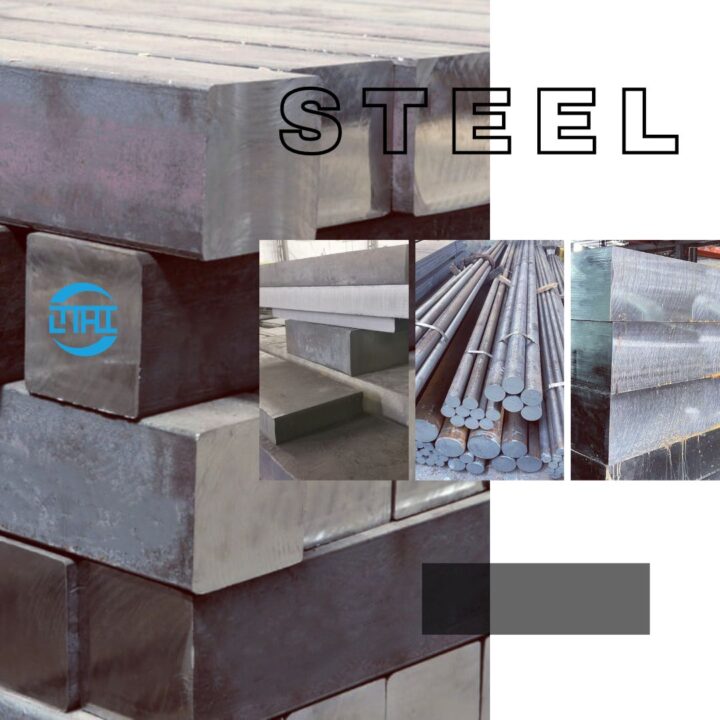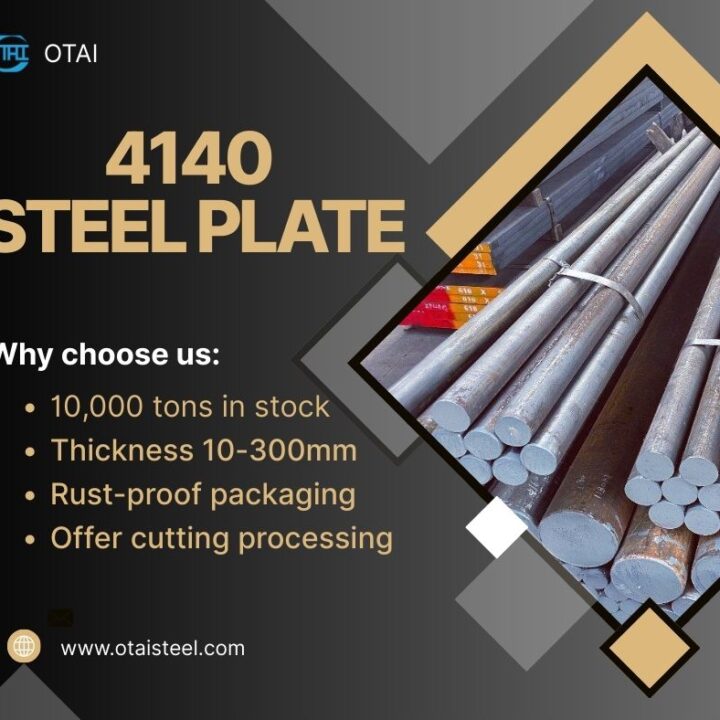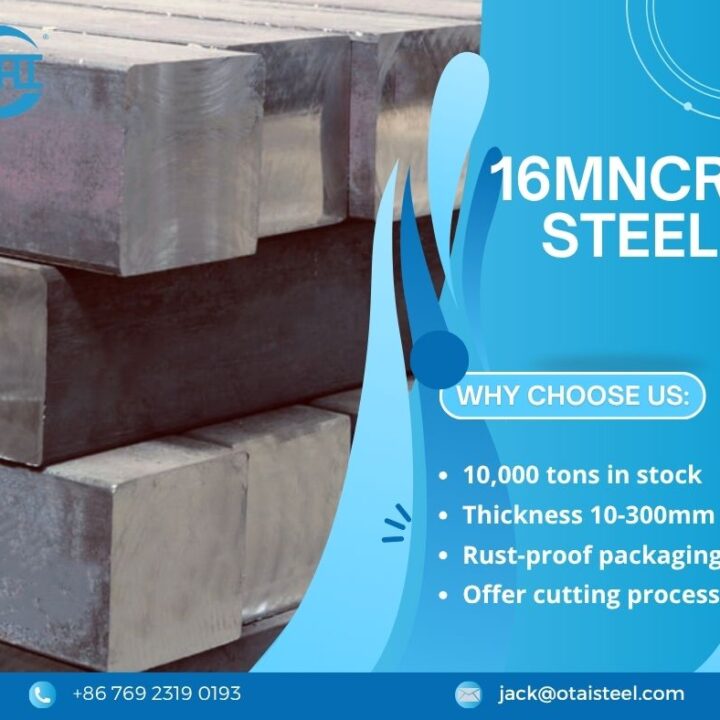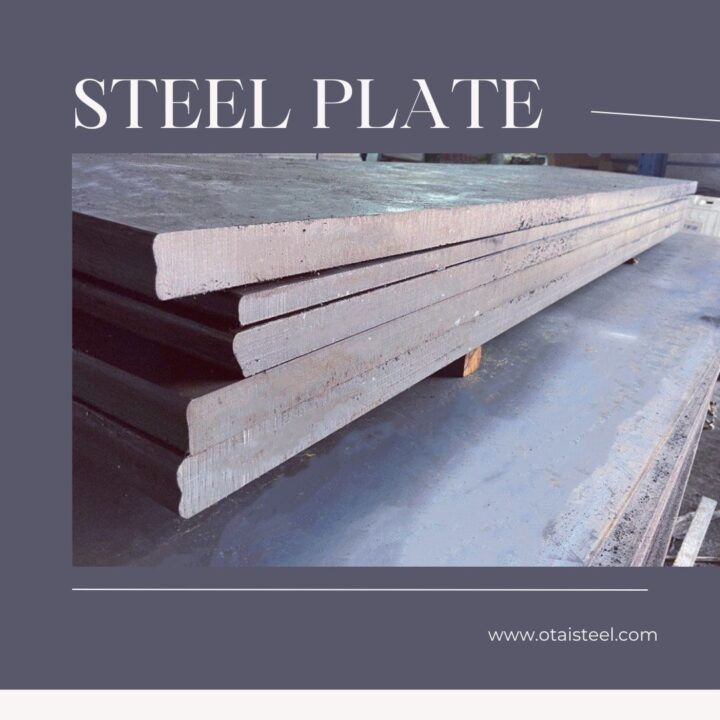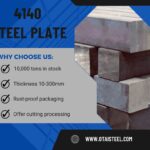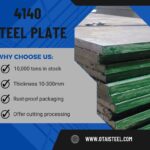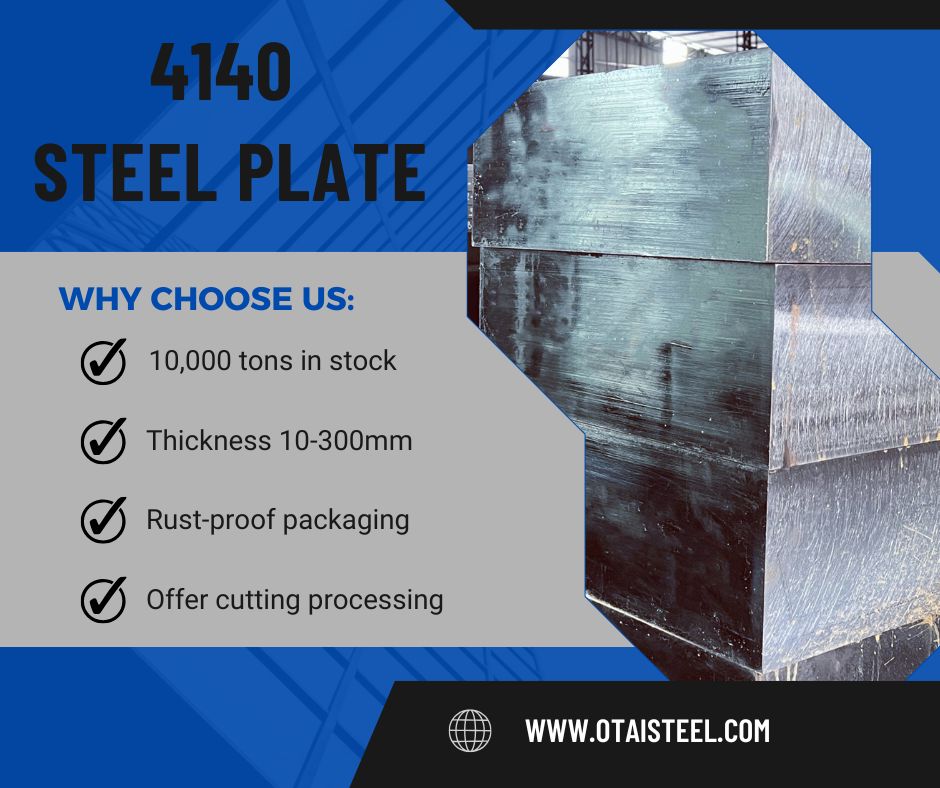 Young’s Modulus of 4140 Steel: Complete Engineering Guide
Young’s Modulus of 4140 Steel: Complete Engineering Guide
When engineers talk about material stiffness, the first property they often consider is Young’s modulus. For 4140 alloy steel, this parameter plays a critical role in determining how the steel will behave under load — especially in applications where elastic deformation limits must be precisely controlled.
In this article, we’ll explore the Young’s modulus of 4140 steel, how it compares to other steels, the role of heat treatment, and what engineers should keep in mind when using it for high-performance applications.
🌟 What is Young’s Modulus?
Young’s modulus, also called the modulus of elasticity, measures a material’s resistance to elastic deformation under stress. It is defined as the ratio of stress (force per unit area) to strain (relative deformation) in the elastic region of the material’s stress-strain curve.
In simple terms:
-
High modulus → material is stiff and resists deformation.
-
Low modulus → material is more flexible.
The modulus is typically expressed in gigapascals (GPa) or pounds per square inch (psi).
📊 Young’s Modulus of 4140 Steel
The Young’s modulus of 4140 steel is approximately:
| Condition | Young’s Modulus (GPa) | Young’s Modulus (psi) |
|---|---|---|
| Annealed | ~205 GPa | ~29,700,000 psi |
| Quenched & Tempered | ~205 GPa | ~29,700,000 psi |
Interestingly, unlike tensile strength or hardness, Young’s modulus is not significantly affected by heat treatment. Whether annealed or quenched & tempered, the stiffness of 4140 steel remains roughly the same.
🔍 Why Stiffness Matters for 4140 Steel
The modulus of elasticity of 4140 steel is critical in engineering designs for:
-
Shaft deflection control in rotating machinery.
-
Gear tooth deformation under heavy loads.
-
Precision machine parts where dimensional stability under stress is essential.
-
Structural applications where bending needs to be minimized.
For example, in 4140 steel shafts used in turbine rotors, the Young’s modulus ensures the shaft can transmit torque without excessive bending, even under high rotational speeds.
⚙ Relationship Between Young’s Modulus and Strength
While tensile strength of 4140 steel can be dramatically increased through heat treatment, Young’s modulus stays constant. This means that making the steel harder does not make it stiffer — it just increases the stress it can withstand before plastic deformation starts.
This is a key point for engineers:
Stiffness (elastic property) ≠ Strength (plastic property)
🏭 Applications Where Young’s Modulus is Critical
Because 4140 steel’s Young’s modulus is high (~205 GPa), it is ideal for components requiring high stiffness:
-
Industrial gear systems – minimizing tooth deflection under load.
-
Oilfield drill collars – maintaining dimensional accuracy under heavy compression.
-
Automotive axles – resisting bending during torque transmission.
-
High-pressure molds – avoiding elastic distortion during clamping.
🌡 Does Temperature Affect Young’s Modulus?
Yes, temperature has a noticeable effect. While room temperature modulus is about 205 GPa, elevated temperatures cause it to drop.
| Temperature (°C) | Young’s Modulus (GPa) |
|---|---|
| 20 | 205 |
| 200 | ~190 |
| 400 | ~170 |
| 600 | ~140 |
This reduction in stiffness at higher temperatures is why 4140 steel used in hot working tools must be carefully designed to avoid excessive deflection.
📈 Comparison with Other Steels
| Material | Young’s Modulus (GPa) |
|---|---|
| 4140 Alloy Steel | ~205 |
| 1045 Carbon Steel | ~205 |
| Stainless Steel 304 | ~193 |
| Aluminum Alloy 6061 | ~69 |
As shown, 4140 steel’s stiffness is similar to most steels but far higher than aluminum alloys, making it better for high-rigidity applications.
💡 Design Tips for Using 4140 Steel’s Young’s Modulus
-
Use finite element analysis (FEA) to predict deflection under load.
-
In rotating machinery, consider both modulus and mass for vibration control.
-
Remember that heat treatment changes strength but not stiffness.
-
For high-temperature use, check modulus drop at operating conditions.
-
If weight reduction is important but stiffness must remain high, consider using 4140 hollow shafts instead of switching to a lighter but less stiff alloy.
🌍 Company Advantages – Otai Special Steel
At Otai Special Steel, we supply 4140 alloy steel in both annealed and quenched & tempered conditions. With over 10,000 tons in stock (6 mm to 300 mm thickness), we offer:
-
Cut-to-size service with tight tolerances.
-
Heat treatment tailored to your needs.
-
Mechanical testing, including modulus verification.
-
Export packaging suitable for international delivery.
Our expertise ensures your 4140 steel applications perform with the stiffness, strength, and reliability you expect.
❓ FAQ
1. Does heat treatment change the Young’s modulus of 4140 steel?
No, modulus remains essentially the same regardless of heat treatment.
2. How does 4140 steel compare to aluminum in stiffness?
4140 steel is about 3 times stiffer than aluminum alloys like 6061.
3. Why is Young’s modulus important in shaft design?
It determines how much the shaft will deflect under load, affecting performance and alignment.

